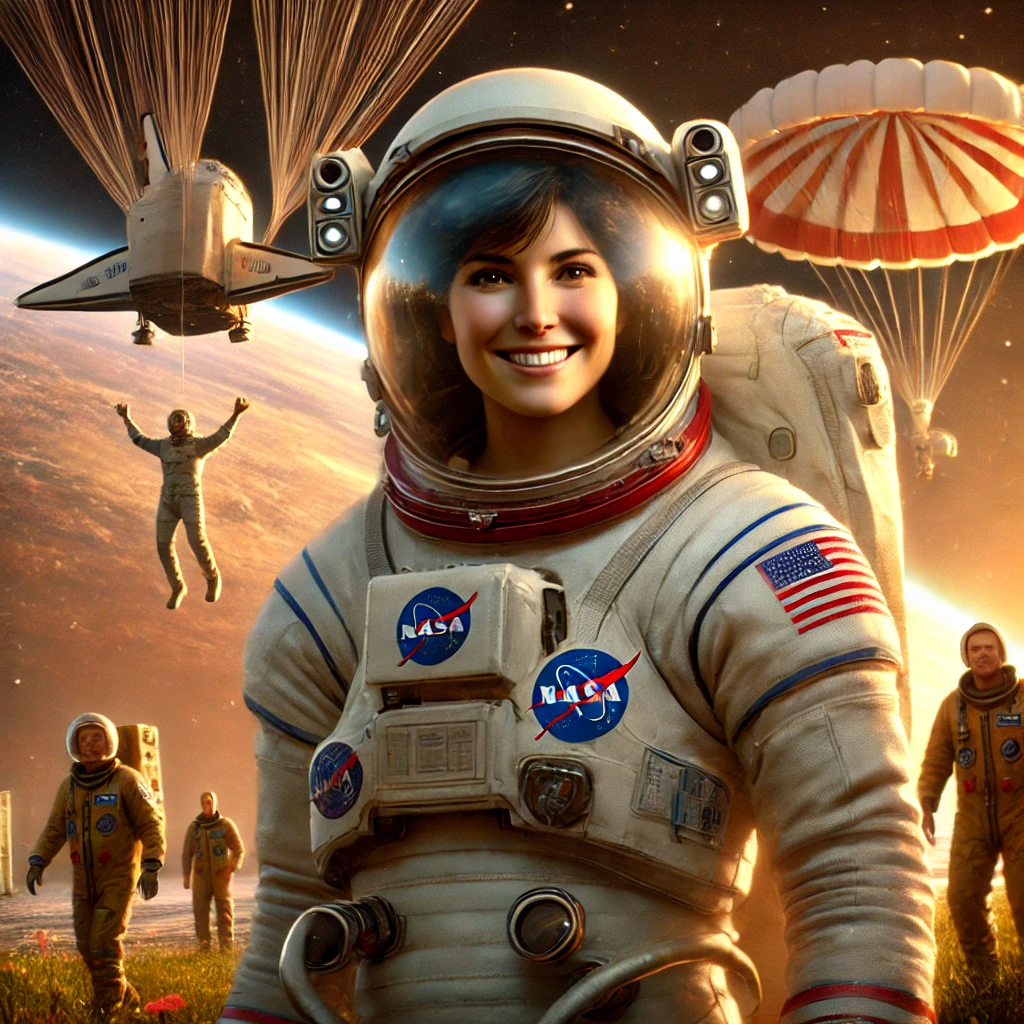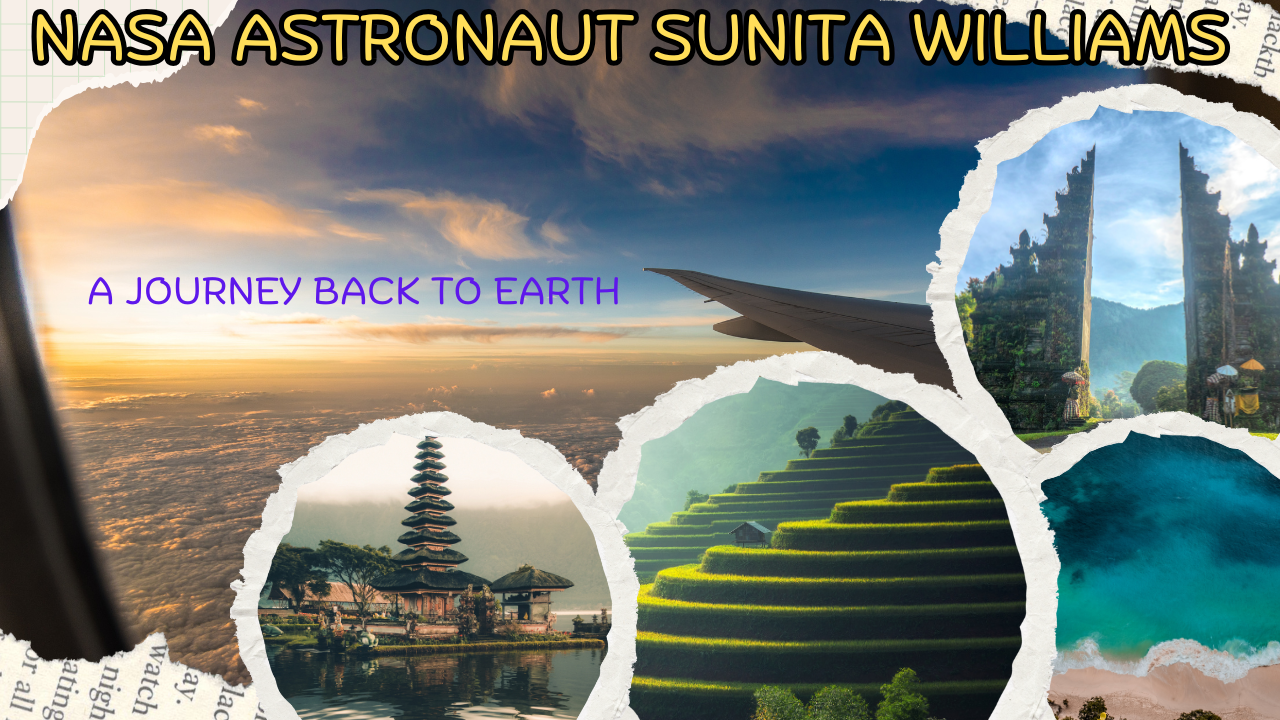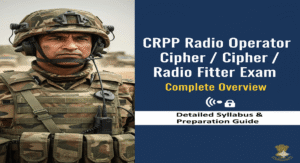NASA Astronaut Sunita Williams Returns: Sunita Williams, a name synonymous with space exploration and human resilience, has once again captured the world’s attention as she returns to Earth after an extended mission aboard the International Space Station (ISS). Her journey is not just a tale of scientific discovery and adventure; it is a testament to the spirit of exploration that defines humanity. In this article, we will delve into the details of her mission, the significance of her work, and the broader implications of her return for space exploration and international collaboration.

Table of Contents

IGNOU Revaluation Result December 2024: Don’t Miss Check Your Updated Scores Now!
The Background of Sunita Williams
Sunita Williams was born on September 19, 1965, in Euclid, Ohio, to Indian immigrant parents. Her journey into the realm of space began with a strong educational foundation; she earned a Bachelor of Science degree in Physical Science from the United States Naval Academy and a Master of Science in Engineering Management from the Florida Institute of Technology. Williams served in the U.S. Navy as a helicopter pilot and later became a test pilot, which paved her way to NASA.
Williams was selected as a NASA astronaut in 1998 and has since made significant contributions to space exploration. She holds the record for the longest spaceflight by a woman, with a total of 665 days in space over three missions. Her previous missions included Expedition 14/15 in 2006-2007 and Expedition 32/33 in 2012, during which she conducted numerous experiments and participated in spacewalks.
The Mission: Expedition 68 (NASA Astronaut Sunita Williams Returns)
Sunita Williams’ latest mission, Expedition 68, began in late 2022. This mission was part of NASA’s ongoing efforts to maintain a continuous human presence in space and to conduct scientific research that benefits life on Earth. The ISS serves as a unique laboratory where astronauts can conduct experiments in microgravity, leading to advancements in various fields, including medicine, materials science, and environmental studies.
Objectives of Expedition 68
The primary objectives of Expedition 68 included:
Kerala Lottery Results: A Comprehensive Guide to Today’s Draws
- Scientific Research: Conducting experiments in microgravity to understand fundamental scientific principles and their applications on Earth.
- Technology Demonstration: Testing new technologies that could be used in future missions to the Moon and Mars.
- International Collaboration: Working alongside astronauts from different countries to foster international partnerships in space exploration.
- Public Engagement: Inspiring the next generation of scientists and engineers through educational outreach and public engagement activities.
Key Experiments and Achievements
During her time aboard the ISS, Williams participated in a variety of experiments that showcased the potential of space research. Some of the notable experiments included:
- Protein Crystal Growth: Studying how proteins crystallize in microgravity to develop better pharmaceuticals.
- Plant Growth Experiments: Investigating how plants adapt to microgravity, which is crucial for future long-duration space missions.
- Fluid Dynamics Studies: Understanding how fluids behave in microgravity, which has implications for various engineering applications.
Williams also took part in several spacewalks, contributing to the maintenance and upgrade of the ISS. These spacewalks are critical for ensuring the longevity of the station and the safety of its crew.
The Return Journey
As Expedition 68 came to a close, the crew prepared for their return journey to Earth. The return process is a carefully orchestrated series of events that involves deorbiting, re-entry, and landing. Williams, along with her fellow astronauts, underwent extensive training to ensure a safe return.
Deorbiting and Re-entry
The deorbiting process involves slowing down the spacecraft to allow it to re-enter the Earth’s atmosphere. This is achieved by firing the spacecraft’s thrusters at a precise moment to ensure a controlled descent. The re-entry phase is one of the most critical parts of the journey, as the spacecraft encounters extreme temperatures and forces.
Landing
Williams and her crew landed in the Kazakh steppe, where they were greeted by recovery teams. The landing marks the end of their mission and the beginning of their reintegration into life on Earth. The recovery process involves medical checks and debriefings to assess the astronauts’ physical and mental well-being after their time in space.
The Impact of Williams’ Return
Sunita Williams’ return to Earth is significant for several reasons. It highlights the importance of human spaceflight and the ongoing commitment to exploring the cosmos. Her mission has contributed to our understanding of life in space and has paved the way for future exploration missions.
Inspiring Future Generations
Williams’ journey serves as an inspiration for young people, particularly girls, who aspire to pursue careers in science, technology, engineering, and mathematics (STEM). Her achievements demonstrate that with determination and hard work, anyone can reach for the stars.
Advancements in Space Exploration
The research conducted during Expedition 68 has far-reaching implications for future space missions. The knowledge gained from experiments in microgravity will inform the design of habitats for long-duration missions to the Moon and Mars. As NASA prepares for the Artemis
1. What is NASA?
Answer: NASA, or the National Aeronautics and Space Administration, is the United States government agency responsible for the nation’s civilian space program and for aeronautics and aerospace research. Established in 1958, NASA conducts space exploration missions, scientific research, and technology development to advance our understanding of space and Earth.
2. Who is Sunita Williams?
Answer: Sunita Williams is an American astronaut and United States Navy officer. She has completed multiple spaceflights and holds the record for the longest spaceflight by a woman, with a total of 665 days in space. Williams is known for her contributions to various scientific experiments aboard the International Space Station (ISS).
3. What is the International Space Station (ISS)?
Answer: The International Space Station (ISS) is a large spacecraft that orbits Earth, serving as a microgravity and space environment research laboratory. It is a collaborative project involving multiple countries, including the United States, Russia, Europe, Japan, and Canada. The ISS is used for scientific research, technology demonstrations, and international cooperation in space exploration.
4. How do astronauts prepare for space missions?
Answer: Astronauts undergo extensive training to prepare for space missions. This includes physical fitness training, simulations of spaceflight and microgravity environments, learning to operate spacecraft systems, and practicing emergency procedures. They also participate in scientific research training to conduct experiments during their missions.
5. What are the main objectives of space exploration?
Answer: The main objectives of space exploration include advancing scientific knowledge, understanding the universe and our place in it, developing new technologies, fostering international cooperation, and preparing for future human exploration of other planets, such as Mars. Space exploration also aims to inspire future generations and promote STEM education.
6. What is microgravity?
Answer: Microgravity refers to the condition in which objects appear to be weightless and experience very little gravitational force. This environment is achieved in space, particularly aboard the ISS, where the effects of gravity are significantly reduced. Microgravity allows scientists to conduct experiments that are not possible on Earth.
7. How does space travel affect the human body?
Answer: Space travel can have various effects on the human body, including muscle atrophy, bone density loss, fluid redistribution, and changes in vision. Astronauts also experience psychological challenges due to isolation and confinement. NASA conducts research to understand these effects and develop countermeasures to ensure astronaut health during long-duration missions.
8. What experiments are conducted on the ISS?
Answer: The ISS hosts a wide range of scientific experiments across various fields, including biology, physics, materials science, and Earth science. Examples include studying the behavior of fluids in microgravity, growing plants in space, and investigating the effects of radiation on biological systems. These experiments contribute to our understanding of fundamental scientific principles and have practical applications on Earth.
9. How do astronauts communicate with mission control?
Answer: Astronauts communicate with mission control using radio frequencies. They have access to a variety of communication systems, including voice communication, video feeds, and data transmission. Communication is crucial for coordinating operations, receiving instructions, and ensuring the safety of the crew during missions.
10. What is the significance of the Artemis program?
Answer: The Artemis program is NASA’s initiative to return humans to the Moon by the mid-2020s, with the goal of establishing a sustainable human presence there. It aims to advance lunar exploration, test new technologies, and prepare for future crewed missions to Mars. The program also emphasizes international collaboration and partnerships with commercial space companies.
11. How do spacecraft re-enter Earth’s atmosphere?
Answer: Spacecraft re-enter Earth’s atmosphere by following a carefully calculated trajectory that allows them to slow down and withstand the intense heat generated during re-entry. The spacecraft’s heat shield protects it from extreme temperatures, and parachutes are deployed to slow the descent before landing. Controlled re-entry is crucial for the safety of the crew and the spacecraft.
12. What is the role of robotics in space exploration?
Answer: Robotics play a vital role in space exploration by performing tasks that are dangerous or difficult for humans. Robotic systems are used for satellite deployment, planetary exploration, and maintenance of the ISS. They can also assist astronauts during spacewalks and conduct scientific experiments autonomously, enhancing the efficiency and safety of missions.
13. How do astronauts eat in space?
Answer: Astronauts eat in space using specially prepared food that is packaged to prevent spoilage and minimize waste. Meals are often dehydrated or vacuum-sealed, and astronauts rehydrate or heat them before consumption. They use utensils designed to work in microgravity, and food is secured toBookmark messageCopy messageEnable NotificationsScroll to bottomWeb SearchApp BuilderReasoning




